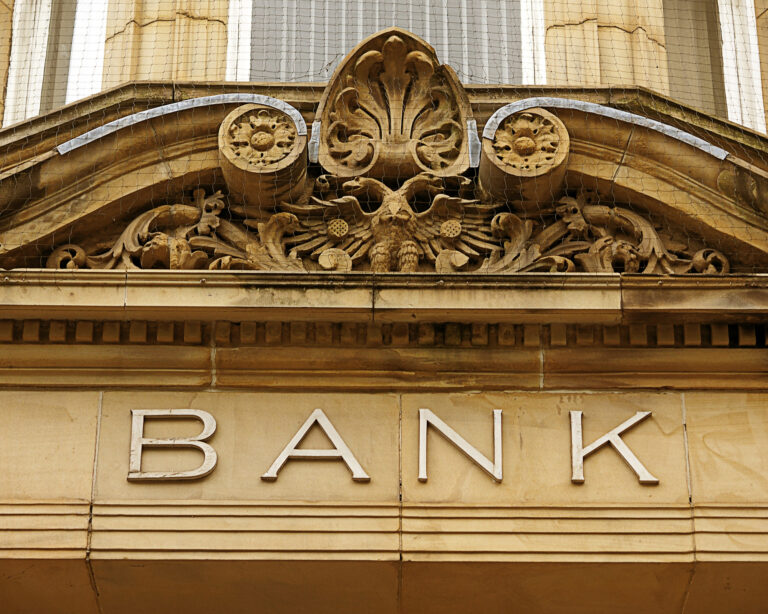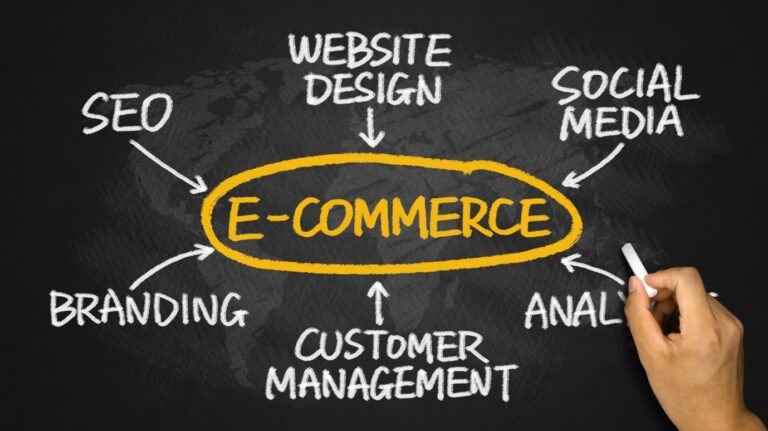How to Easily Create an Event Proposal?
Have you ever thought of organizing a conference or event? Did you know that it is an excellent way to get more customers and increase sales? But, before starting your own event, it is important to have some knowledge on how to create an event proposal. Here are some steps that will help you in creating an event proposal:
Steps in Creating an Event Proposal
An event proposal is a document that provides information about an event to potential sponsors. The proposal explains who, what and why you are planning to hold the event. It also details how your organization will use their funds in order to help them decide whether or not they will sponsor it.
Before creating an event proposal, you should define what an event proposal is and why having one is important for your organization’s success. You can check a good template of an effective event proposal on the internet or follow the steps on creating an event proposal below.
Here are the steps that should be taken when creating an effective event proposal:
Step 1: Create a Title Page and Table of Contents
Begin by creating a table of contents for your proposal. In this table, list the sections in your proposal, in order from beginning to end. This can be done by using bullet points or number lists (1., 2., 3.). Once you’ve completed this step, create an introductory paragraph that describes the topic of your proposal. This is often referred to as a “hook”, which will help engage readers into reading further into the body of your paper.
Next, create a title page for your document; make sure it includes all relevant information such as name(s) and contact info (email/phone), title of event name (if applicable), date/time/location details (if applicable).
Step 2: Add Contact Details and Information
Include the details of your event proposal. You can include a contact person, an email address, a phone number and even an address. If you want your potential customers to respond to you as soon as possible then make sure that you have all the needed information in place so they can get back with you quickly.
If you want to promote your event, then make sure that you include the date, time and place of the event. This will give potential customers an idea about what to expect from your event.
Step 3: Provide the Summary of Your Event
The summary provides a brief overview of your event, including details such as location and date. You may also want to include a list of any speakers or performers, sponsors or exhibitors, attendees, etc.
As with the description, a good summary should be clear, concise and easy to read.
Step 4: Detail Your Target Market
You should now have a good idea of what your event is and who you would like to attend it. The next step is to identify your target market, or the ideal group of people who would be interested in attending your event. This step can be challenging because it requires some research. The more you know about your potential attendees, the better you’ll be able to market your event and make sure all of them want to come!
Here are some things that might help:
- Who are they? For example, are they teachers or students? Are they athletic trainers or coaches? Are they parents or children?
- Where do they live? Are there homes in rural areas where there aren’t many entertainment options besides local events like yours; urban areas with lots of restaurants and theaters; somewhere else entirely (like overseas)?
- What do their hobbies look like? Do these people enjoy spending time outdoors hiking on nature trails; participating in organized sports activities such as soccer leagues or basketball tournaments; doing arts-and-crafts projects at home together as families…or maybe something else entirely (like surfing).
Step 5: Write Your Budgetary Requirements
To make sure your event proposal is a success, you need to be able to provide a detailed budget and breakdown of costs. This will help convince potential sponsors and donors that you are serious about this event and willing to invest in it.
The following is an example of what a budget should look like:
- Venue rental fee: $2000
- Catering (for 50 people): $1000
- Audio-visual equipment rental: $500
- Printing costs for materials related to the event (e.g., brochures): $300
Step 6: Describe the Marketing Plan for Your Event
Now that you have a good idea of what the event will look like, it’s time to create a marketing plan. Whether your event is free or ticketed, every audience has certain characteristics—demographics, interests and other factors—that make them more likely to respond favorably to your message. A good marketing plan should include:
- Target market: Who will attend your event?
- How you’ll reach them: Are they likely to visit websites or attend conferences? Do they read newspapers? Is social media an effective way for them to get information about events?
- What you’ll do at the event itself (or in advance): Will there be speakers who can share information about how other organizations have used similar strategies with success? Will there be food trucks where attendees can eat while enjoying live music from local bands who share their passion for sustainability issues? These kinds of details help build excitement for an upcoming gathering!
- How you’ll measure success: Measuring success involves both qualitative measures such as number of participants at the conference as well as quantitative measures such as number of tweets sent during each session break asking questions about topics covered by speakers throughout daylong sessions.”
Creating an Event Proposal is Easy if You Know What Steps to Follow
Creating an event proposal is easy if you know what steps to follow. Before starting your proposal, take some time to think about what you want to achieve and how it will improve your business or community. You also need to have a clear idea of the steps that need to be taken in order for this goal to be achieved.
Conclusion
With this guide, you should be able to easily create an event proposal. The key is in knowing the steps and how to execute them properly. It’s very important that your proposal contains all relevant information so that whoever reads it will know exactly what it is about and whether or not they want to invest in it.




